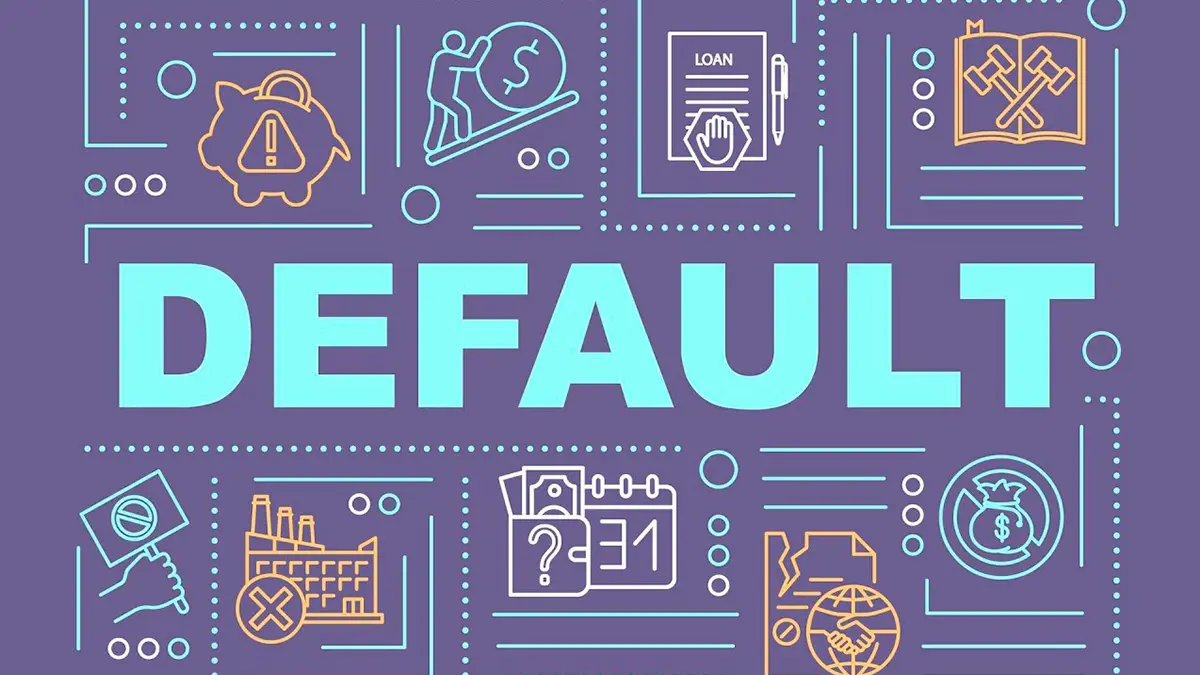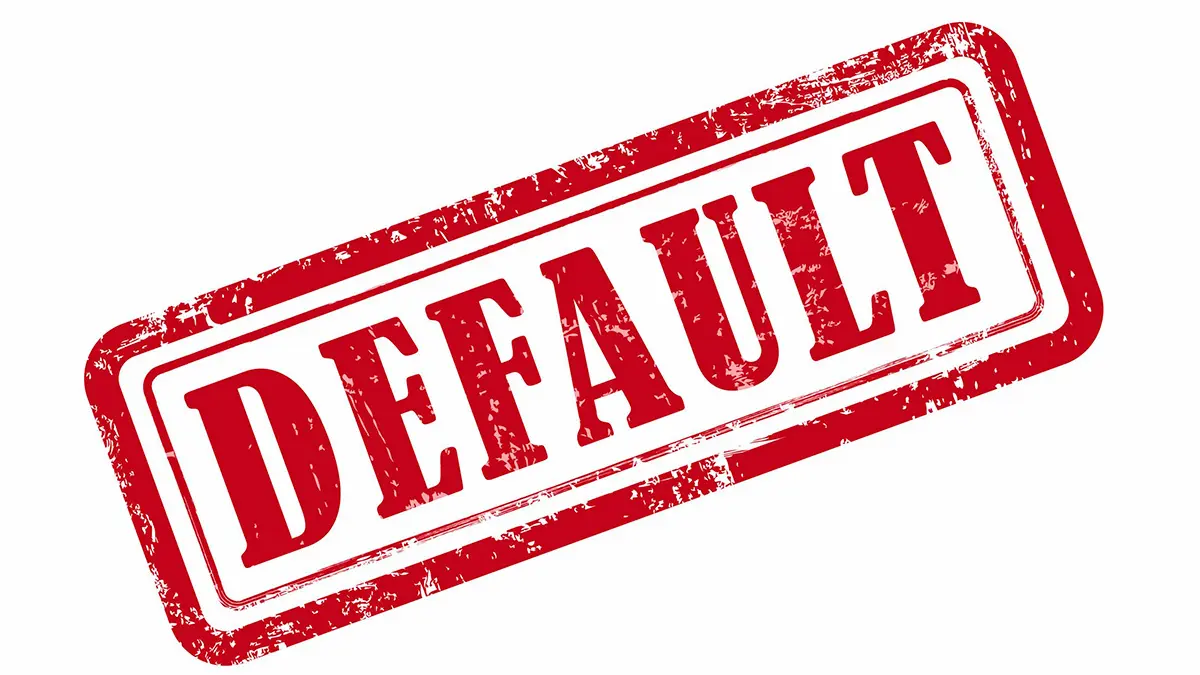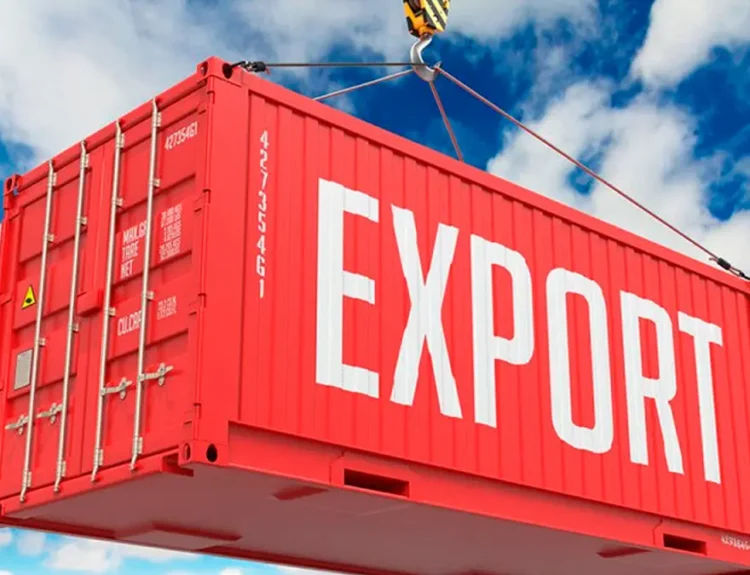A default is a situation declared by a state when it cannot repay its loans and pay the interest on them on time and in full. The state officially acknowledges its inability to meet its obligations to creditors.
The terms “default” and “bankruptcy” are not synonymous. The latter applies to commercial organizations. When a company is declared bankrupt, it can be liquidated either by its own initiative or by court decision. A state cannot be liquidated by anyone. It continues to function but faces restrictions on borrowing in foreign markets.
Types of Default
Default can be of 2 types:
- Technical Default. The borrowing state violates some prohibition of the credit agreement but under certain conditions can fulfill it. In both examples below, a technical default is declared.
- Example 1: A certain type of activity was prohibited in the credit agreement, and the borrowing state lifted the prohibition before the agreement expired.
- Example 2: One of the conditions for granting the loan was maintaining certain financial indicators at the level specified in the credit agreement. However, during the term of the agreement, these indicators significantly changed, and the state cannot rectify the situation.
- Sovereign default. Also known as regular default, the borrowing state cannot meet its obligations to creditors because it does not have the money to do so.
You should also read our article – How to Draw Up a Business Plan? 12 Tips for Business Planning.
What Happens When Default Is Declared?
After declaring default, the state government starts negotiations with creditors. They negotiate changes in the terms of loan repayment and interest payments. Creditors are asked to write off a certain part of the debt and extend the repayment period for the remaining part.
A state that has declared default will not be able to take loans in foreign markets for 5-7 years. During this period, it can only borrow from the World Bank, the International Monetary Fund (IMF), and similar institutions. Governments of other countries may voluntarily help under certain conditions.
What Are the Consequences of Default?
When a state declares default, foreign investors who invested in private companies try to withdraw their dividends and exit investment projects. Foreign investment funds that planned to invest in enterprises or buy state debt obligations refuse to do so, even if there were prior agreements.
Enterprises that are left without investments or receive them incompletely experience slowed economic growth. They earn less income than planned and therefore pay fewer taxes to the budget.

The state took loans because it had a budget deficit. After declaring default, loan receipts stop, and the budget is filled only through taxes and fees. The government has to cut expenditures and reduces funding for state investment projects and social programs.
First, capital expenditures for infrastructure development are reduced. The consequences of such savings will not be immediately noticeable but will become apparent in 4-5 years. Then expenditures on social programs, such as subsidies and various types of assistance, may be reduced. The size of these aids and the number of recipients decrease.
The withdrawal of foreign investments, the slowdown in enterprise economic growth, and the budget deficit lead to a fall in the national currency exchange rate. As a result, salaries and pensions depreciate.
Conclusion
A state declares default only after attempting to repay the debt by other means. This is done to temporarily reduce the budget burden from credit obligations. The government negotiates with creditors to write off part of the debt and postpone payments on the remaining part.
For the economy and the population, default has negative consequences. The national currency exchange rate falls, capital expenditures on state infrastructure development are reduced, and social aids and subsidies decrease.
Frequently Asked Questions About Default
A default occurs when a state or organization fails to meet its debt obligations, such as repaying loans or paying interest, on time and in full.
A state declares default when it officially acknowledges its inability to meet its financial obligations to creditors. This declaration is typically made by a government official, such as the Minister of Finance, after receiving political support from other branches of government.
The two main types of default are technical default and sovereign default. A technical default happens when a state violates a term of the credit agreement but can still fulfill its obligations under certain conditions. A sovereign default, also known as regular default, occurs when a state is entirely unable to meet its debt obligations due to lack of funds.
After declaring default, the state enters into negotiations with its creditors to restructure its debt. This often involves asking creditors to write off a portion of the debt and extend the repayment period for the remaining debt. The state may also face restrictions on borrowing in foreign markets for several years.






